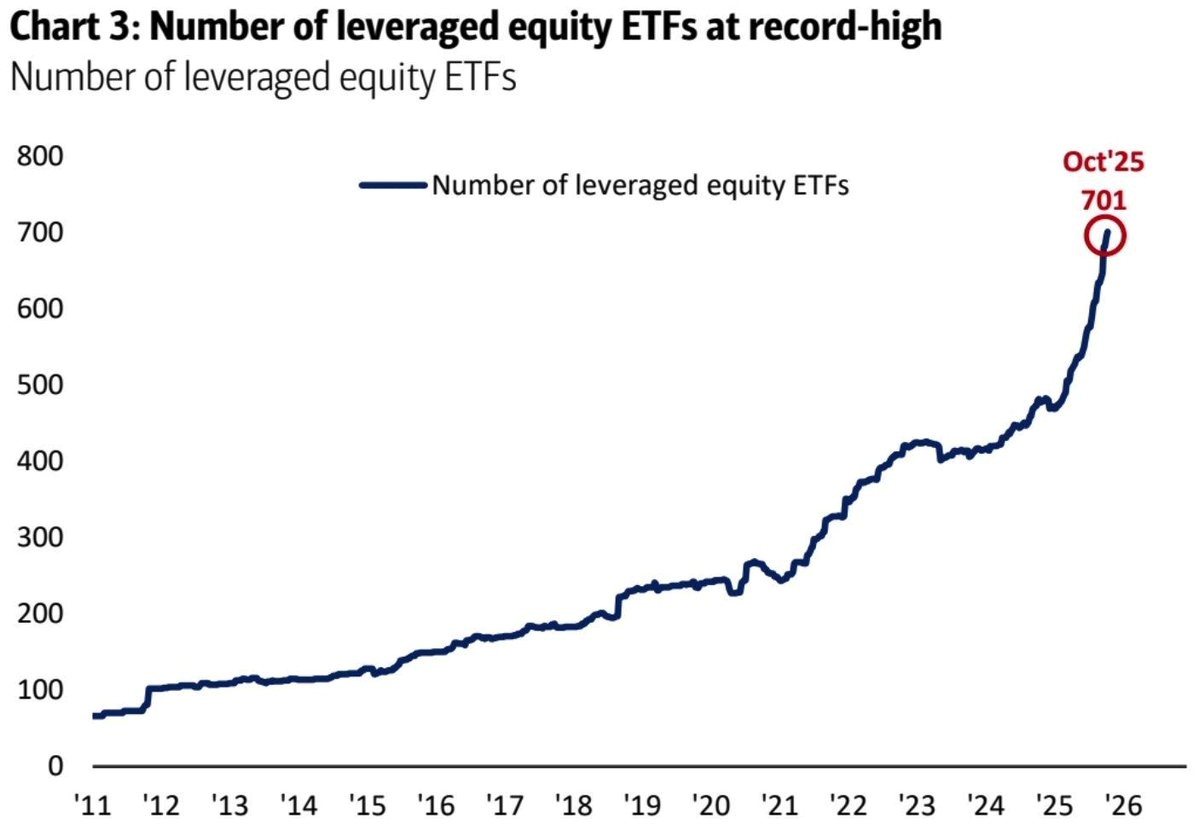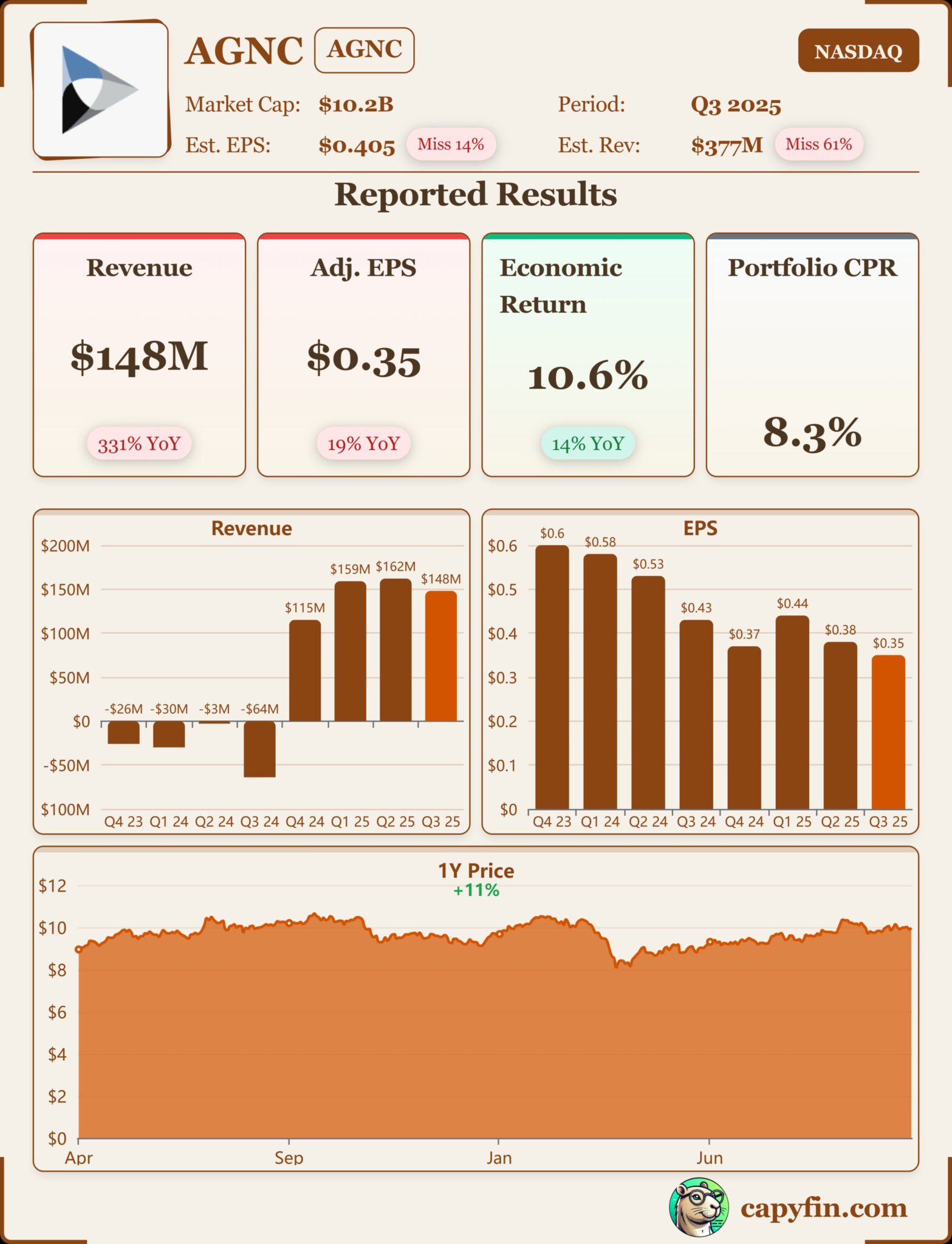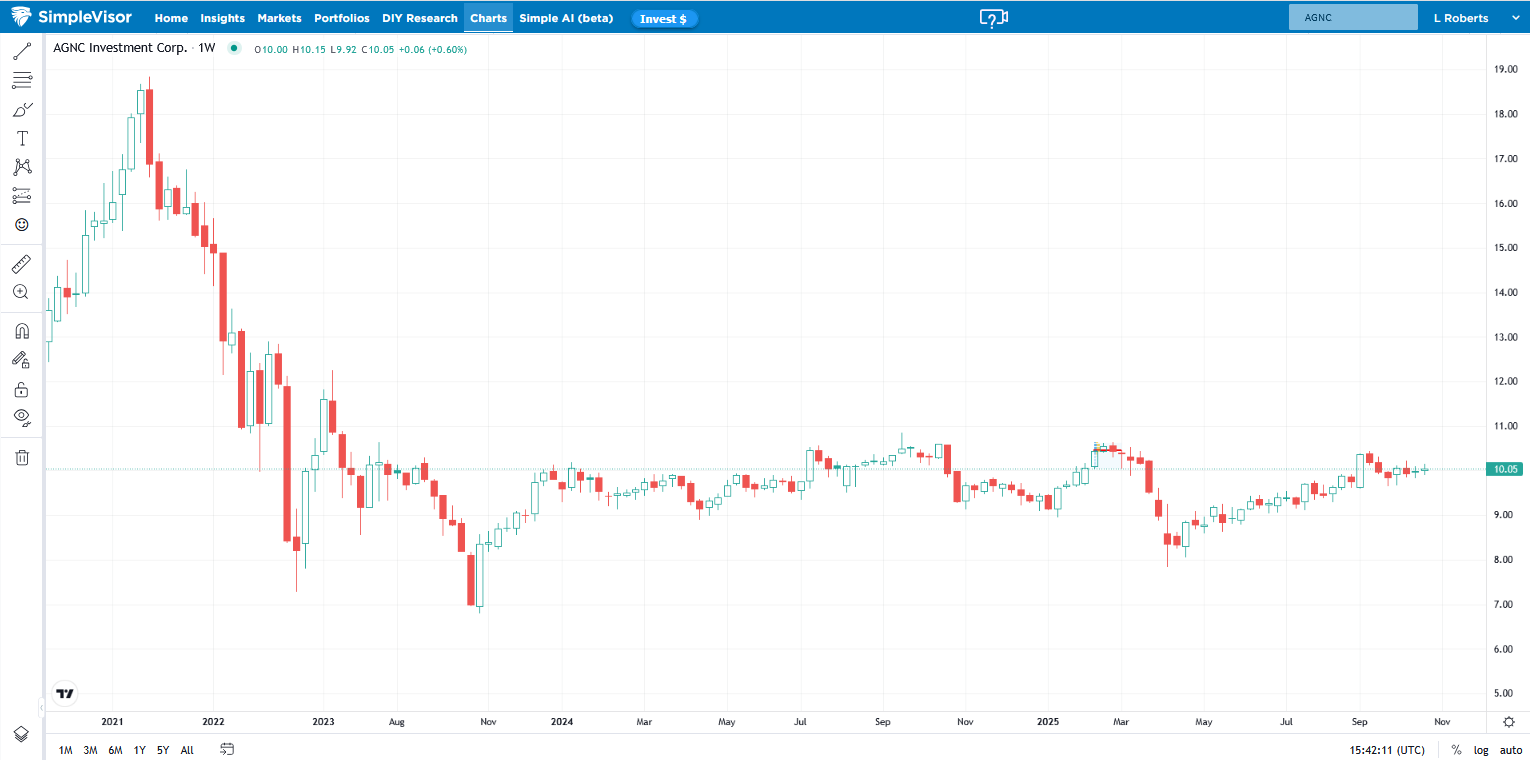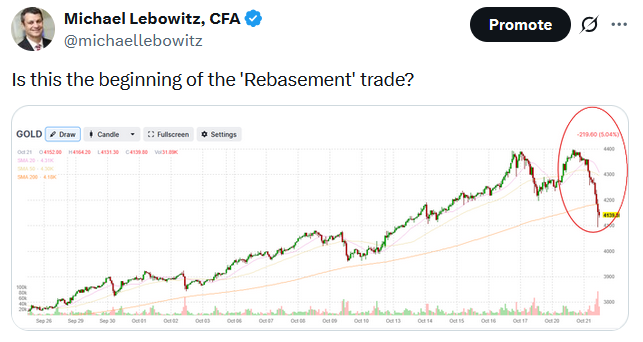Jamaica’s outlook revised to stable by Fitch after hurricane
Not only is the market chasing the most speculative of assets, but it is employing record amounts of leverage to do so. Traditionally, investors use margin loans to gain leverage. More recently, however, leveraged ETFs allow investors to get leverage in one package.
To wit, the graph below, courtesy of BofA, shows that there are over 700 leveraged ETFs. Most of these leveraged ETFs provide 2x or 3x the daily returns on an underlying index or individual stock. Further consider that Volatility Shares is offering 5x leveraged ETFs in single-name stocks and selected cryptocurrencies.
Leveraged ETFs reset daily. Which means the funds must buy or sell the underlying index to stay balanced. Further, the leverage combined with the daily resets means that rolling returns of the leveraged ETFs versus the underlying assets drift over time, especially in high volatility environments.
The increased usage of leverage is not just a risk to those using the leverage, but it’s a broad market risk as well. For instance, leveraged ETFs chase the market. When the market is upward trending, leveraged ETF managers are forced buyers, thus they accentuate market gains. The opposite holds true in down markets.
However, in a disorderly decline, undue selling pressure, partly from leveraged ETFs, can cause pockets of significant selling pressure. A one-off example occurred in the cryptocurrency market on October 11th, as we documented in our Commentary, The AltCoin Liquidity Bloodbath.
While the proliferation of leveraged ETFs is relatively new, Wall Street has a long history of creating complex leveraged products, which allow more access to leverage. For some astute traders, leveraged ETFs and other forms of leverage can be very profitable. However, as history has shown time and time again, retail traders ultimately pay the price by getting caught chasing markets when they peak.
Deciphering Mortgage REIT Returns: AGNC (Part 1)
As we enter earnings season, we thought it would be helpful to provide a brief tutorial on how to decipher earnings for Real Estate Investment Trusts, or REITs. To accomplish this, we look at AGNC, a mortgage REIT (mREIT), which reported earnings on Tuesday morning. AGNC (NASDAQ:AGNC) issues shares and borrows money to invest in government-guaranteed mortgage-backed securities.
Thus, its assets do not have any credit risk, but due to the leverage and nature of their assets, they hold plenty of interest rate risk. Deciphering their earnings is about measuring the value and income potential of their portfolio of assets and liabilities.
As we share in the graphic below, AGNC missed its EPS estimates by 14% and revenues by 61%. For most stocks, this would likely have been accompanied by a poor stock performance. AGNC shares were essentially unchanged on the announcement. Let’s dig into their earnings to understand why EPS and Revenue are not the key financial indicators for mortgage REITs. More importantly, in the next section below, we explain what REIT investors should be focused on.
EPS and revenue can be very misleading due to non-cash items. Unlike banks and other financial institutions, AGNC is subject to mark-to-market accounting. This means unrealized gains and losses on their assets and hedging derivatives can significantly distort EPS. Thus, EPS and revenue figures are often more reflective of market conditions than operational performance.
Properly Analyzing REITs (Part 2)
Instead of EPS and Revenue, most REIT investors focus on dividend sustainability, book value per share, and economic return.
Dividend Sustainability:
- Refers to an mREIT’s ability to maintain or grow its dividend payments.
- How much free cash flow is available for dividends after operating expenses and debt costs?
- A sustainable dividend aligns with consistent cash flows.
Book Value per Share:
- Represents the net asset value of an mREIT divided by the number of outstanding shares.
- This ratio helps investors determine if they are paying a premium or a discount for the REIT’s portfolio.
- This figure can be misleading during the quarter because the price fluctuates, while the book value is reported quarterly.
Economic Return:
- Measures the total return to shareholders, combining dividend income and changes in book value per share.
- It captures both the income generated (dividends) and capital appreciation or depreciation (book value changes).
- A positive economic return indicates the mREIT is creating value for shareholders through income and asset growth.
As we share in the graphic for Part 1, AGNC provided an economic return of 10.6%. Its price-to-book value is 1.21%. The risk with a high price-to-book value is that the REIT is incentivized to issue shares and dilute current shareholders. Historically, the ratio ranges between .75 and 1.25%. AGNC has a dividend yield of 14.40% and has paid a consistent monthly dividend of $0.12 since April 2020.
Tweet of the Day

